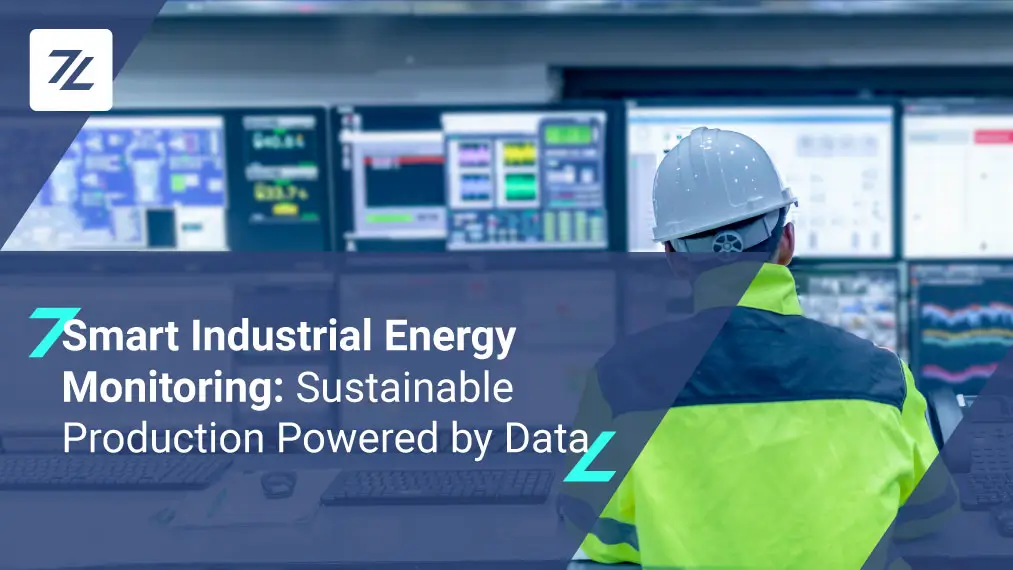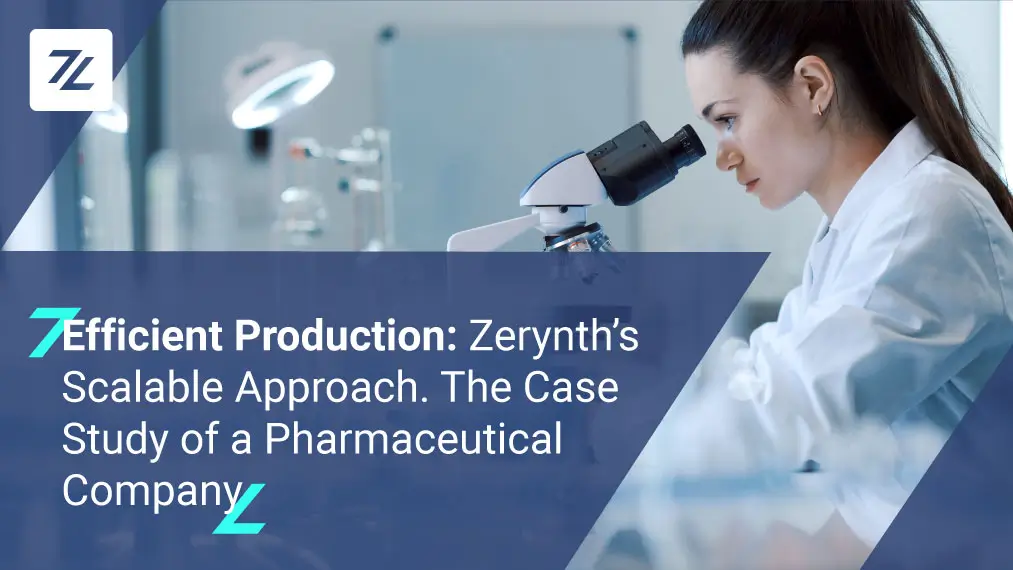Optimizing production and improving process quality is essential for manufacturing industries to remain competitive in the market. How can Industrial AI prove to be supportive?
The use of advanced technologies such as artificial intelligence and IoT can be crucial allies for SMEs that need to monitor machinery and production processes in real time.
In this article, we will discuss the importance of adopting technology for machinery monitoring to optimize production processes, reduce costs, and improve process quality and, consequently, the final product. Keep reading to learn more!
Quality Control: What It Is and What It Is For
According to the most accepted definition, quality control is a fundamental aspect of quality management, aimed at ensuring compliance with established requirements.
This process involves various stages of inspection, testing, and verification, designed to determine whether the products or services offered by the company meet the required standards, as well as the individual processes necessary to achieve them.
Quality control within a company is essential to ensure that the products or services offered meet customer expectations and requirements. Effective quality management results in products and services that satisfy customers, thus improving the company’s competitiveness and profitability. In short, effective quality management is the foundation of any action aimed at improving a company’s competitiveness and profitability.
Implementing a quality management system helps maintain high standards, reduce costs associated with defects, and enhance the overall impact on the company, trust, and final satisfaction.
How Does IoT Automate the Quality Control Process?
Analyzing the previous paragraph, it is clear that quality control is both necessary and time-consuming. It is therefore essential to find a way to make this process as automated, reliable, and intelligent as possible.
In every SME, there is usually a department dedicated to product and process quality control, which already has the expertise to know how and where to intervene, but often the process is carried out manually, mapping all the necessary variables to ensure quality and making the efficient management of data lengthy and unsustainable.
The use of IoT technologies allows data to be extracted from machinery and visualized simply and immediately. This facilitates data interpretation for strategic analysis, providing a large amount of information on production quality, energy consumption, and machinery health. In this way, industries can obtain crucial information about their operations at any time and remotely.
Thanks to these technologies, quality control can become more efficient and less time-consuming, enabling companies to continually improve their production processes and make informed decisions based on accurate, real-time data.
We Support You in Process Quality Control with the Zerynth Industrial IoT & AI Platform
How can IoT technology support the process quality director? Through sensors installed on machinery and data visualization on specific dashboards, it is possible to clearly identify inefficiencies and critical points in the production process, paying attention to data trends over time, by shifts or reference workspaces. This allows for timely interventions to minimize downtime and improve overall process quality.
Constant monitoring of machinery allows understanding the health status of the plants and performing maintenance before faults or downtimes occur that could negatively affect the process quality.
Extracting and interpreting data with Zerynth is easy, as the platform provides advanced and intelligent reporting tools, useful for making decisions based on concrete data, thus optimizing production and quality.
Data extraction from machinery allows easy visualization on dedicated dashboards, highlighting key KPIs for companies to implement process quality policies and control their operations, automating and digitizing them.
The Dashboarding Tool Integrated with Zerynth
The integration of the Grafana dashboarding tool with Zerynth offers users a powerful solution for creating custom dashboards, simplifying the visualization and analysis of device data. Thanks to this integration, the Zerynth platform ensures complete control of production data in real-time, allowing continuous monitoring of production processes and immediate responsiveness to data changes.
Zerynth’s Industrial AI is essential for quickly and efficiently analyzing the vast amount of collected data and identifying conditions that, if uncorrected, lead to failures or defects.
Zerynth significantly simplifies the use of Grafana, eliminating concerns related to infrastructure maintenance and management. This allows users to focus on creating effective dashboards and seamless data visualization.
The goal is to enhance human ability to understand this data, turning it into useful information and developing greater awareness of the state of the plants, production, and the company as a whole. In this way, operators can proceed with greater awareness and speed in identifying production problems, improving production efficiency, reducing energy consumption, and optimizing production processes.
Creating a dashboard with Zerynth is a simple and intuitive process:
- Adding Panels: Each dashboard is composed of panels, each dynamically representing the result of a specific query on the incoming data flow. This allows for a granular and customized visualization of device data.
- Workspace ID Insertion: To seamlessly interact with your device data, simply insert your workspace ID, easily accessible through the web app. Once you press enter in the workspace field of the dashboard, synchronized updates on all panels will quickly reflect your workspace data, providing a complete and real-time overview.
- Time Interval Control: For greater flexibility, the top right corner of the interface offers controls that allow refining the time interval displayed in the panels. This enables viewing data in different time windows, adapting to specific monitoring and analysis needs.
- Automatic Update Function: You can enable the automatic update function with a simple click. This ensures that dashboards remain always updated without the need for manual interventions, thus improving data monitoring efficiency and accuracy.
Thanks to the data obtained and statistics on production cycles, inefficiencies can be identified before they occur, avoiding machine downtime and faults and optimizing production. Finally, thanks to 24/7 information, bottlenecks can be avoided, and production waste reduced, thereby increasing product quality.
What are you waiting for? Start optimizing your production too, contact us today!
Share This Story, Choose Your Platform!
Follow Zerynth on
Latest Posts






